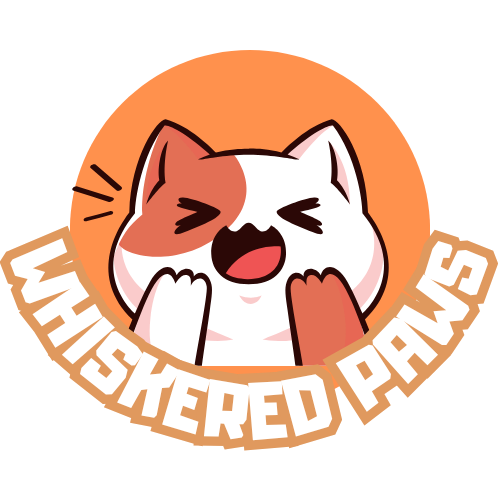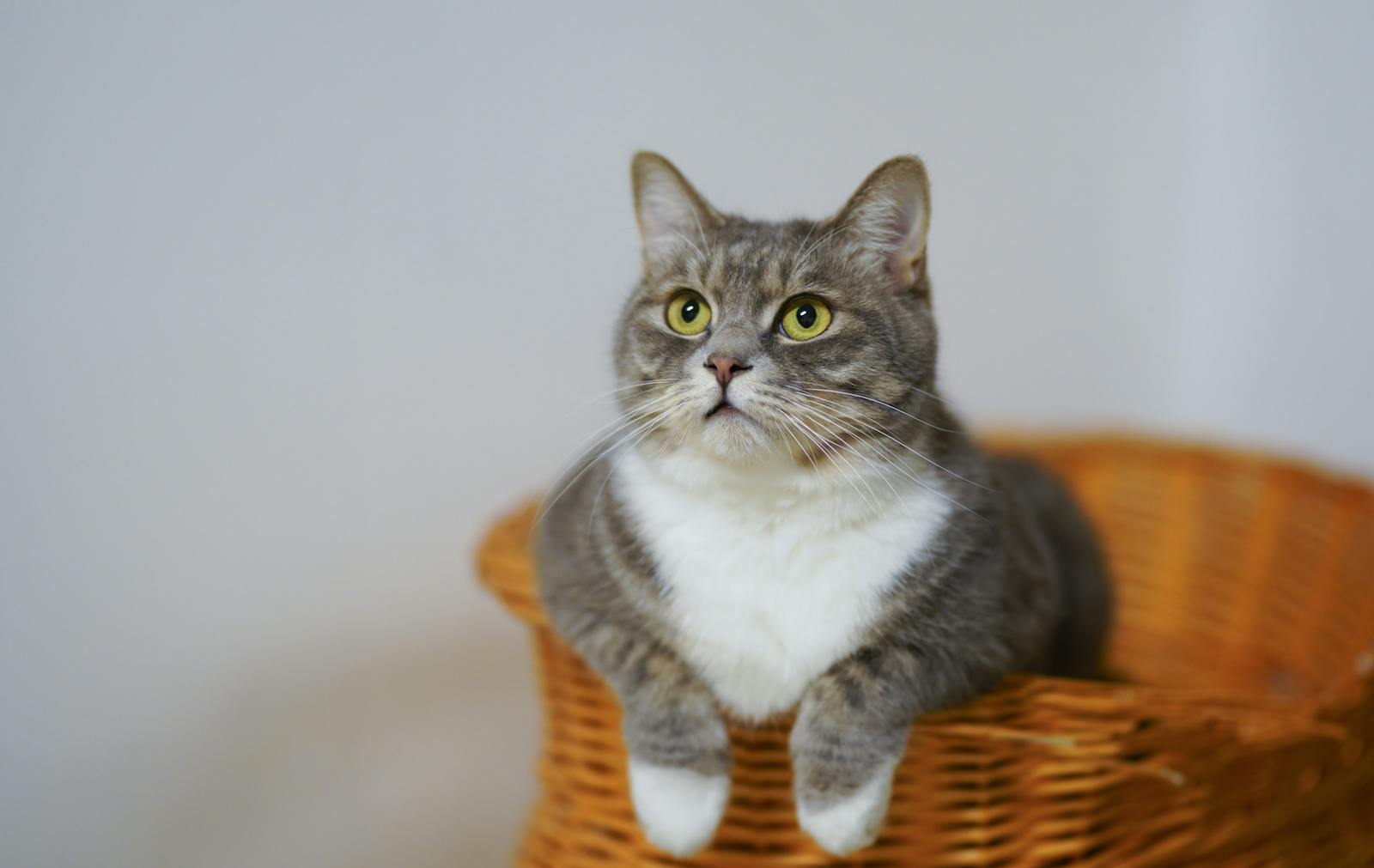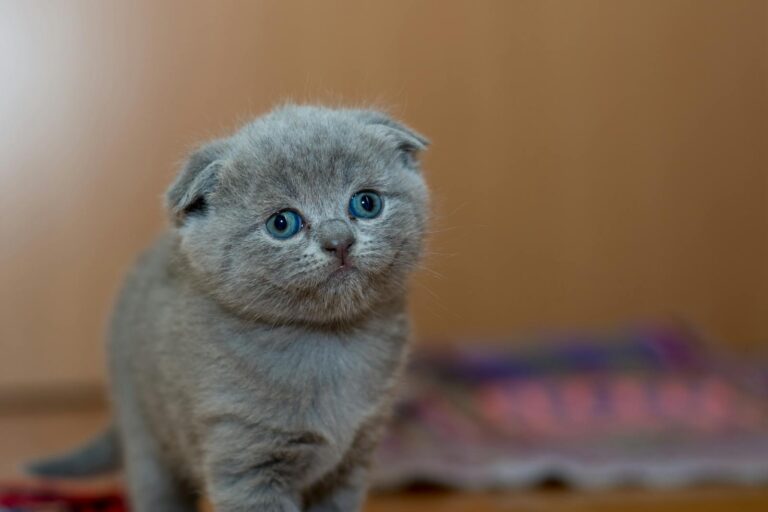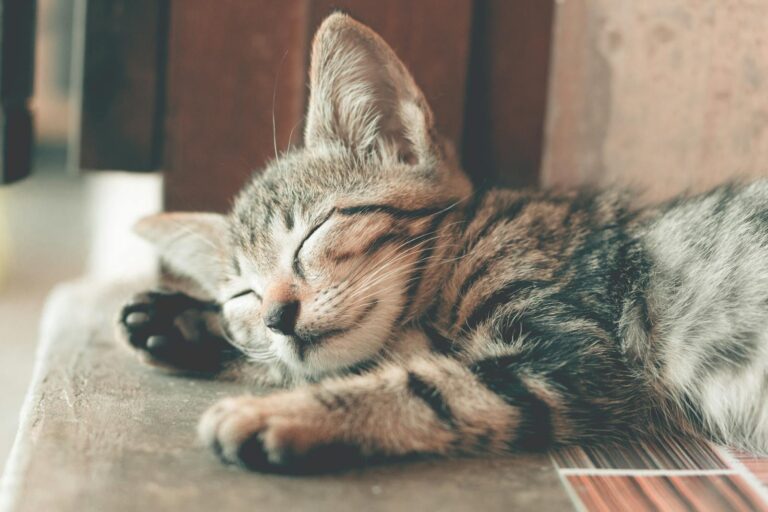Grain-Free Cat Food – A Trendy Choice or a Truly Beneficial Diet for Your Feline Friend?
Grain-Free Cat Food: Trendy or Truly Beneficial? This question has sparked many debates among pet owners, veterinarians, and nutritionists. As more cat food brands market grain-free options, it is vital to understand whether this trend holds any real nutritional value for our beloved pets or if it is simply a marketing gimmick.
The Rise of Grain-Free Cat Food: Examining the Trend
In recent years, the pet food industry has seen a significant rise in the popularity of grain-free products, particularly when it comes to cat food. The transition from traditional kibble to grain-free options has been meteoric, and it seems that every major brand now offers at least one grain-free formula.
The Influence of Pet Owners’ Perceptions
Pet owners today are more educated and concerned about their pets’ diets than ever before. An increasing number of pet parents are scrutinizing ingredients and reading labels, leading them to seek out “healthier” options.
Many consumers associate grain-free formulas with better health, often believing they mimic a cat’s natural diet more closely. Cats are obligate carnivores, meaning their bodies are designed to thrive on meat rather than grains. As such, the idea of feeding them grain-free food may seem intuitively correct to many owners.
Marketing Strategies and Trends
The pet food industry’s marketing strategies have played a crucial role in popularizing grain-free diets.
With catchy slogans, appealing packaging, and endorsements from influencers, brands create an image that grain-free food is synonymous with high quality and superior nutrition. This has led to a perception among consumers that if a product is labeled as grain-free, it must be better for their pets.
Additionally, trends in human diets, such as gluten-free or low-carb eating, have also influenced pet food choices, prompting many pet owners to make similar decisions for their cats without fully understanding the implications.
The Role of Social Media
Social media platforms have become a powerful tool for disseminating information (and misinformation) regarding pet nutrition.
Pet influencers and advocates often share personal stories promoting grain-free diets, which can inadvertently sway public opinion. As these narratives gain traction, they contribute to the belief that grain-free foods are essential for optimal cat health.
However, while social media can help raise awareness about pet nutrition, it is essential for cat owners to seek reliable scientific data and consult with veterinarians before jumping on the bandwagon.
Understanding Grain-Free Diets: Debunking Common Misconceptions
As the trend for grain-free cat food continues to grow, it’s crucial to separate fact from fiction. Many misconceptions exist regarding what a grain-free diet entails and its necessity for felines.
What Does “Grain-Free” Really Mean?
A grain-free diet means that the food contains no grains such as wheat, corn, rice, barley, or oats.
Instead, grain-free cat foods typically rely on alternative carbohydrates like peas, lentils, potatoes, or tapioca. Some owners assume that because these foods are grain-free, they must be healthier for their cats. However, the term “grain-free” does not automatically equate to a balanced or high-quality diet.
It’s important to delve deeper into the ingredient list to ensure the food provides complete nutrition. Not all grain-free options are created equal, and some may still contain synthetics or fillers that do not benefit your feline friend.
Cats and Their Digestive Needs
One common belief is that all grains are harmful to cats. While it’s true that cats are not evolved to digest grains efficiently, it is essential to note that some cats can tolerate small amounts of certain grains.
Cats require specific nutrients—such as amino acids, fatty acids, vitamins, and minerals—that may be present in various types of food, including those containing grains. Thus, eliminating grains entirely may not be necessary for all cats.
Understanding your individual cat’s digestive needs and potential sensitivities is critical before deciding on a grain-free diet.
The Myth of Allergies and Sensitivities
Another misconception surrounding grain-free cat food is the assumption that grains are a primary culprit behind food allergies and sensitivities in cats.
While food allergies can occur, they are relatively rare in felines. According to veterinary experts, common allergens include proteins like chicken, beef, dairy, and fish rather than grains.
Before adopting a grain-free diet under the assumption that your cat has a grain intolerance, it is best to consult with your veterinarian to identify the true cause of any dietary issues.
Potential Benefits of Grain-Free Cat Food: Exploring the Claims
While the trend surrounding grain-free cat food has drawn skepticism, there are indeed potential benefits associated with these diets.
Weight Management and Reduced Fillers
Many grain-free cat foods contain higher protein levels, which can lead to improved weight management.
Protein-rich diets promote satiety better than carbohydrate-heavy options. By switching to a grain-free diet, pet owners may notice their cats feel fuller and may even consume less food overall, leading to a healthier weight.
Additionally, grain-free foods often contain fewer fillers, making them more nutrient-dense. This means that cats can receive essential vitamins and minerals without excessive calories from non-nutritive sources.
Improved Digestive Health
For some cats, transitioning to a grain-free diet may improve digestive health.
Grain-free formulas often use highly digestible proteins and fats, which can support gut health. Cats with sensitive stomachs or those prone to gastrointestinal issues may benefit from grain-free options that avoid ingredients known to induce discomfort.
Moreover, many grain-free diets include ingredients such as probiotics and prebiotics, which can further aid digestion and promote a healthy gut microbiome.
Enhanced Coat and Skin Conditions
Some cat owners report noticeable improvements in their cats’ skin and coat conditions after switching to a grain-free diet.
High-quality grain-free cat foods typically contain omega fatty acids derived from fish or flaxseed, which can contribute to healthier skin and a lustrous coat. For cats struggling with dry skin or allergies, grain-free options may provide relief.
However, it is crucial to evaluate the entire diet rather than relying solely on the grain-free label. Nutritional balance plays a vital role in achieving optimal skin and coat health.
Nutritional Considerations: What Cats Need from Their Food
Understanding what your cat requires nutritionally is essential when exploring any dietary changes, including grain-free options.
Essential Nutrients for Cats
Cats are unique creatures with specific dietary requirements that differ substantially from those of dogs or humans.
They require a high-protein diet rich in animal-derived nutrients. Key components include:
- Protein: Essential for muscle maintenance and growth.
- Taurine: An amino acid critical for heart health, vision, and reproductive function.
- Arachidonic Acid: A fatty acid important for skin health and anti-inflammatory processes.
- Vitamins and Minerals: Vital for metabolism, immune function, and overall well-being.
When considering grain-free cat food, ensure it delivers these essential nutrients in adequate amounts to prevent deficiencies.
Reading Labels and Ingredient Quality
Not all grain-free foods are equally nutritious.
Take the time to read through labels attentively. Look for named meat sources (like chicken, turkey, or fish) as the primary ingredient, ensuring that the food is high in quality protein. Avoid products with vague terms like “meat meal” or “animal by-products,” as these may indicate lower-quality ingredients.
Additionally, examine the fat content. Cats need healthy fats, but excessive fat can lead to obesity and health problems. A balanced ratio of protein to fat is key for maintaining your cat’s health.
Individual Considerations Based on Age and Health
Age and existing health conditions will significantly influence a cat’s nutritional needs.
Kittens, adult cats, and senior cats have different dietary requirements. Kittens need higher energy content for growth, while older cats may require diets tailored to support joint health or other age-related issues.
Consult with a veterinarian to determine the best course of action based on your cat’s specific circumstances and needs.
Potential Drawbacks and Risks of Grain-Free Diets for Cats
While switching to grain-free cat food may seem beneficial, there are also potential drawbacks and risks to consider.
Heart Health Concerns
Recent studies have linked certain grain-free diets to canine dilated cardiomyopathy (DCM), a serious heart condition primarily seen in dogs. While research on its impact on cats remains limited, it raises concerns regarding the long-term effects of feeding grain-free diets to felines.
Diets high in peas, lentils, or potatoes have been implicated in these findings, suggesting a possible connection between such foods and heart health issues. It is crucial to remain vigilant and consult with a veterinarian regarding the appropriateness of grain-free diets for your cat, especially if they display any symptoms related to heart health.
Cost Implications
Grain-free cat foods often come with a higher price tag compared to traditional options.
This can be a significant consideration for pet owners operating on a budget. If the perceived benefits of grain-free foods do not align with substantial quality differences, it may not be worth the added expense.
Limited Options for Certain Cats
Not all cats adapt well to grain-free diets. For instance, cats with specific health concerns or sensitivities to alternative ingredients may not thrive on grain-free formulations.
If your cat does not respond positively to grain-free food, switching back to a conventional diet may prove difficult if you find yourself limited to fewer options.
Making an Informed Decision: Choosing the Best Diet for Your Cat
Making an informed decision about your cat’s diet is paramount. Here are some steps to guide your choice.
Consulting with a Veterinarian
Before making any dietary changes, chat with your veterinarian. They can provide insights into your cat’s specific nutritional needs, recommend appropriate brands or formulations, and monitor for any adverse reactions to new foods.
Evaluating Dietary Changes Gradually
If you decide to try a grain-free diet, introduce it gradually to your cat’s meals.
Transitioning too quickly can lead to gastrointestinal distress, so mix the new food with the old over several days to allow your cat’s digestive system to adjust.
Monitor your cat’s behavior, appetite, and physical condition during this transition period. If any issues arise, consult your veterinarian promptly.
Researching Brands and Ingredients
Take the time to do your research on different brands and their formulations. Look for companies that prioritize quality sourcing and transparency in their ingredient lists.
Read reviews, and seek feedback from fellow pet owners to learn about their experiences. Being an informed consumer is an essential part of caring for your pet.
Conclusion
Grain-Free Cat Food: Trendy or Truly Beneficial? This ongoing debate highlights the complexities of feline nutrition and the importance of making informed choices. While there are potential benefits to grain-free diets, such as weight management, improved digestive health, and enhanced skin conditions, it is crucial to approach this trend with caution. Understanding your cat’s specific nutritional needs, addressing any misconceptions, and consulting with a veterinarian will enable you to make the most suitable diet choice for your furry companion. Ultimately, the best diet is one that meets your cat’s individual health requirements while providing them with the nourishment they need to thrive.







